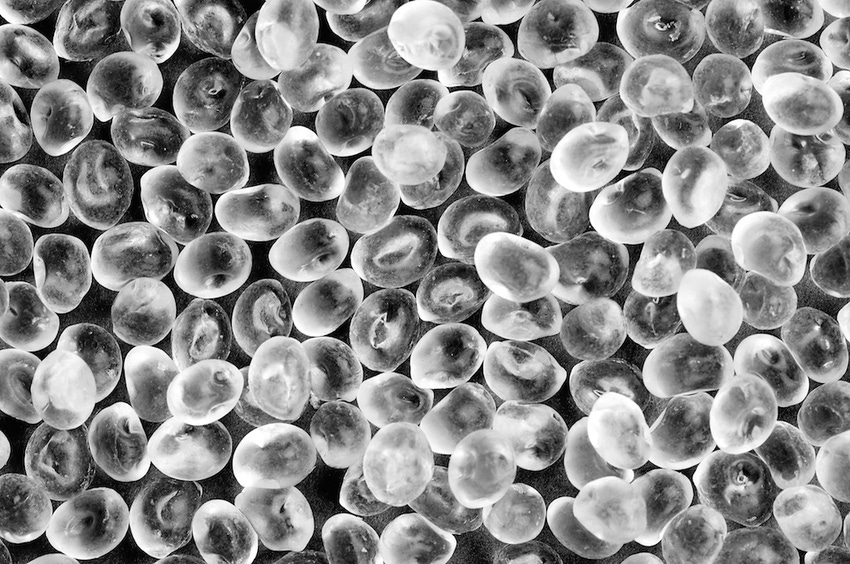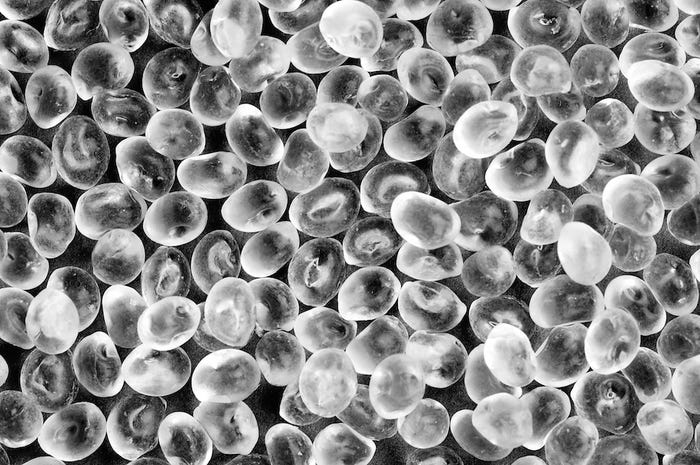The feedstocks currently used by U.S.-based PLA manufacturer NatureWorks in the production of its Ingeo material are based on plant sugars that undergo a simple lactic acid fermentation process. The debate about ground use and the cultivation of feed and food crops for plastics continues, which has led the company to research the possibilities for feedstock diversification.
October 31, 2014

The feedstocks currently used by U.S.-based PLA manufacturer NatureWorks in the production of its Ingeo material are based on plant sugars that undergo a simple lactic acid fermentation process. The debate about ground use and the cultivation of feed and food crops for plastics continues, which has led the company to research the possibilities for feedstock diversification.
One of the alternatives currently being studied is the use of the greenhouse gas methane, in collaboration with a company called Calysta. Calysta is specialized in the development of proprietary organisms and biocatalysts to economically convert methane to the building blocks of higher-value, easily transportable fuels and chemicals. For NatureWorks, methane could be an additional feedstock several generations removed from the current crop-derived sugars used. The two companies NatureWorks and Calysta embarked on a multi-year development program that aims to sequester and use methane as a feedstock for NatureWorks' Ingeo biopolymers.
 Now, the U.S. Energy Department's Office of Energy Efficiency and Renewable Energy, Bioenergy Technologies Office has announced a grant of up to $2.5 million to NatureWorks in support of this project.
Now, the U.S. Energy Department's Office of Energy Efficiency and Renewable Energy, Bioenergy Technologies Office has announced a grant of up to $2.5 million to NatureWorks in support of this project.
The research and development collaboration with Calysta addresses NatureWorks' strategic interests in feedstock diversification and a structurally simplified, lower cost Ingeo production platform and leverages Calysta's Biological Gas-to-Chemicals platform for biological conversion of methane to high value chemicals.
This June, a year after the joint development program was announced, Calysta demonstrated lab-scale production of lactic acid from methane, a major milestone in the project. Fundamental R&D should be completed in the next two to three years, enabling pilot production in three to five years.
A greenhouse gas 20 times more harmful than carbon dioxide, methane is generated by the natural decomposition of plant materials and is a component of natural gas. Biomethane refers specifically to renewably sourced methane produced from such activities as wastewater treatment, decomposition within landfills, farm wastes, and anaerobic digestion. If successful, the technology could directly produce lactic acid from any of these methane sources.
"If proven through this collaboration, methane to lactic acid conversion technology could be revolutionary, providing sustainable alternative feedstocks for Ingeo," said Ken Williams, program leader for the Calysta-NatureWorks collaboration.
"When coupled with NatureWorks' proven commercial process for lactic acid to Ingeo, the methane to lactic acid process would transform a harmful greenhouse gas into useful and in-demand consumer and industrial products. This disruptive platform could support high-value chemicals and liquid fuels. Our team thanks the Bioenergy Technologies Office and is proud to have been recognized by the Department of Energy grant for this NatureWorks and Calysta research collaboration."
About the Author(s)
You May Also Like


